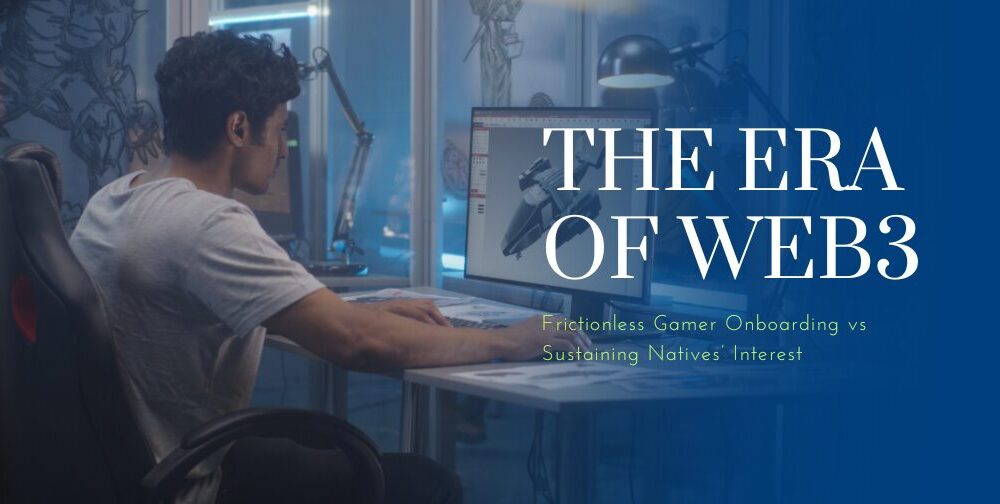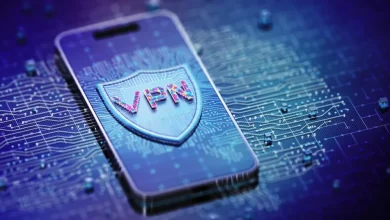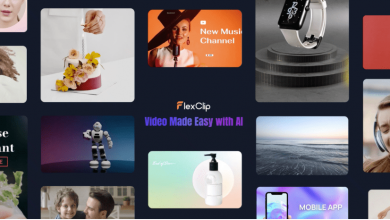The Era of Web3: Frictionless Gamer Onboarding vs Sustaining Natives’ Interest

Blockchain is not limited to a financial technology underpinning crypto investments and global payments. Industries like gaming have already made gains from incorporating it. Web3 and blockchain technologies are transforming gaming by enabling actual ownership of in-game assets through NFTs and smart contracts.
This monumental shift allows players to trade, sell, or use assets across different games and platforms. They do this by minting in-game items as NFTs, among other options. Web3 games frequently use cryptocurrency, which players can sometimes earn by rising through levels or completing tasks.
Blockchain games enhance security and transparency
Blockchain games use encrypted ledgers to hold player account data. However, they should use ledgers with high transaction throughput and low fees to scale successfully. Dapp Radar reports that the number of daily gaming transactions across leading blockchain protocols like Near and Polygon exceeds 20 million, more than all other blockchain use cases combined. Still, financial dApps have a much higher volume.
On the subject of transparency, there’s no comparison between traditional Web2 and blockchain games. Players can use blockchain explorers to verify any statement a developer makes, e.g., releasing a certain number of armor sets.
The trilemma
Web3 game publishers are faced with a trilemma: to facilitate easy onboarding, appeal to Web2 players, or target blockchain natives? The Mythos Foundation is an example of an entity created to fulfill all three objectives. Established to standardize and democratize Web3 gaming, the platform ensures actual ownership of in-game assets and secures transactions with its Mythos Token (MYTH) on the Polkadot Network. The token powers beginner-friendly games like NFL Rivals and Nitro Nation, as well as the upcoming Blankos. These games align with the foundation’s goal to reduce barriers to entry. This is crucial as the number of people playing Web3 games is a lot lower than that of Web2 players.
Enter the first fully native gaming generation
The fact that Generation Alpha is going to be the “gaming” generation is hard to ignore. The youngest generation (born after 2010) boasts an intuitive grasp of technologies, potentially including blockchain. Gen Alpha is, or will be, native gamers in a way that Gen Z is not, and their expectations will also be higher. They will expect hyperrealism and immersive experiences as a matter of course and turn to gaming platforms to connect and engage with like-minded communities, similar to how Millennials and Gen Z use TikTok and Instagram.
AI is supplementing Web3 technologies by enhancing gaming realism. The player has decision-making authority, placed in the center of the gaming world. AI can generate unique blockchain assets, where avatars, armor, and other in-game items are products of complex computations. Each asset is given distinctive and unmistakable attributes. Players constantly access innovative and unique assets, which prolongs the game’s lifecycle and enriches their experience.
Gamers have varying skills and preferences, necessitating a flexible gaming environment. The fusion of Web3 and AI allows developers to assess and interpret player strategies and adjust in-game challenges in real-time. This adaptability guarantees a nuanced journey, where experienced gamers encounter challenges to rise to, while beginners benefit from a gentle learning curve. Tokenomics is the answer for crypto natives; they are rewarded in tokens for activities that benefit the entire ecosystem.
Empowering developers to build thriving economies
The Mythos Foundation also aims to reduce entry barriers for game developers who want to build thriving game economies. The Mythical Games platform streamlines blockchain integration, concealing technical complexities, and players only need an email to join games. It offers a marketplace to trade digital assets and tools to create and manage NFTs and streamlines wallet management.
It’s also possible to bridge Web2 titles into Web3 via decentralized GPU cloud technology. Web2 gaming platforms looking to transition to Web3 or even just to upgrade existing projects will find decentralized cloud support a must, especially considering GPUs are growing scarce worldwide. The GPU cloud offers scalable resources to accommodate Web3 gaming clients of all sizes and types.
As for the players, tools like launchers break down technical barriers by automating wallet creation. The launcher handles complicated backend processes, making the ensuing experience feel familiar to traditional gamers. They can start playing with a few clicks, much like what they’d expect on Steam or a similar platform.

Source: The Era of Web3: Frictionless Gamer Onboarding vs Sustaining Natives’ Interest



